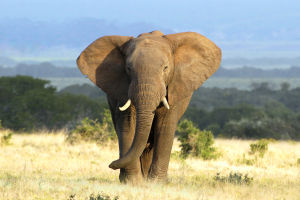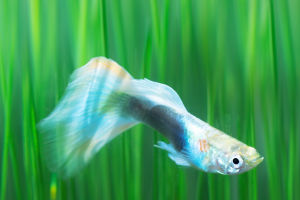The European goldfinch (Carduelis carduelis) is a small, brightly colored songbird admired for its striking plumage and melodious song.
Found across Europe, North Africa, and western Asia, this bird has captivated bird enthusiasts and nature lovers alike for centuries.
A Vibrant Appearance
The European goldfinch is easily recognizable by its vibrant red face, black-and-white head markings, and golden-yellow wing that contrast with its brown back and white belly. Its unique combination of colors has made it a symbol of beauty and joy in various cultures.
Habitat and Range
Goldfinches are highly adaptable birds that thrive in open woodlands, gardens, orchards, and grasslands. They are commonly spotted in urban parks and countryside hedgerows, often in small flocks. These birds are non-migratory in milder climates but may travel south in colder regions during the winter.
Diet and Feeding Habits
The European goldfinch primarily feeds on seeds, particularly from thistles and dandelions, earning it the nickname “thistle finch.” Its long, slender bill allows it to extract seeds with precision. During the breeding season, it also consumes insects to meet the protein needs of its chicks.
Behavior and Song
Goldfinches are social birds, often forming flocks outside the breeding season. Their sweet, tinkling song, a mix of trills and chirps, is a common delight in gardens and natural spaces. They communicate not only through song but also with various calls to signal danger or attract mates.
Breeding and Nesting
During the breeding season, which runs from late spring to early summer, goldfinches build their nests in the forks of tree branches. The nests, crafted with grasses, moss, and spider silk, are small and compact. A typical clutch consists of 4–6 pale eggs, which hatch after about two weeks of incubation. Both parents are involved in feeding the chicks, ensuring their survival.
Importance to Ecosystems
The European goldfinch plays a vital role in maintaining ecological balance. By feeding on seeds, it helps control plant populations, preventing overgrowth in certain areas. Additionally, its presence indicates a healthy, biodiverse environment.
Conservation Status
Fortunately, the European goldfinch is not currently under significant threat and is classified as “Least Concern” by the IUCN. However, habitat loss, pesticide use, and illegal trapping in some regions pose challenges to its population. Conservation efforts focus on preserving natural habitats and promoting sustainable gardening practices.
Lykkers, the European goldfinch is a testament to nature’s artistry. Whether gracing your garden with its song or adding color to a meadow, this bird reminds us of the beauty and harmony of the natural world. Let’s cherish and protect these tiny wonders for generations to come!
Bird Facts: The European Goldfinch
Video by My Birding Year


